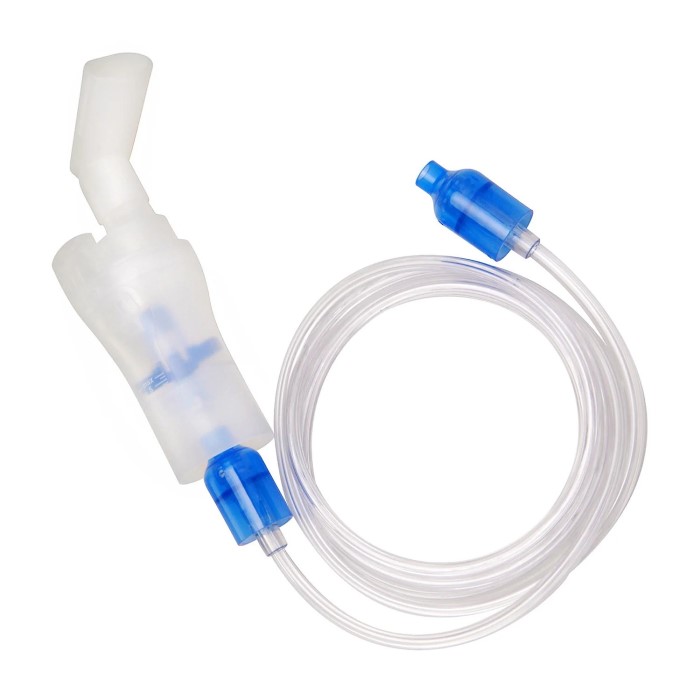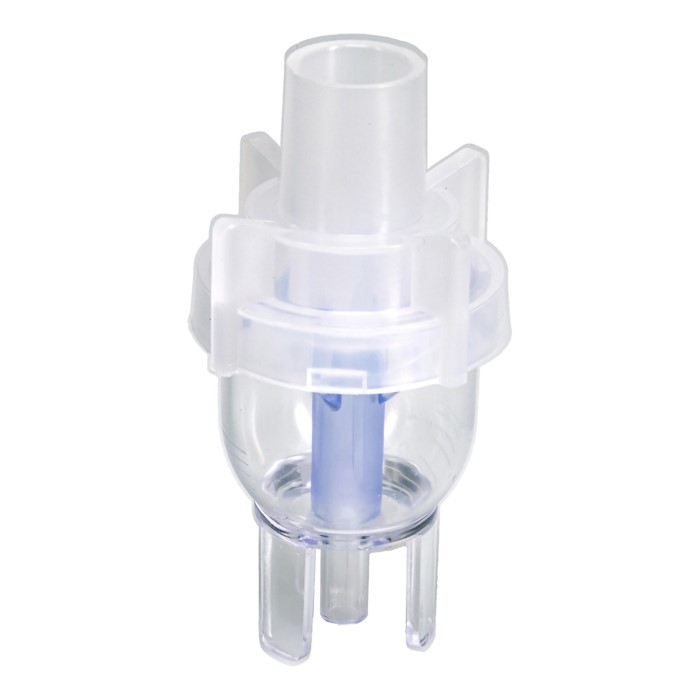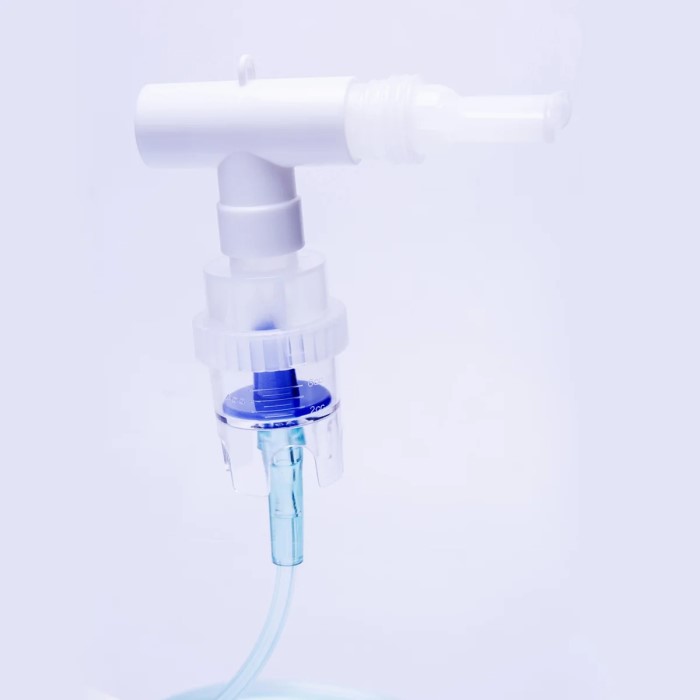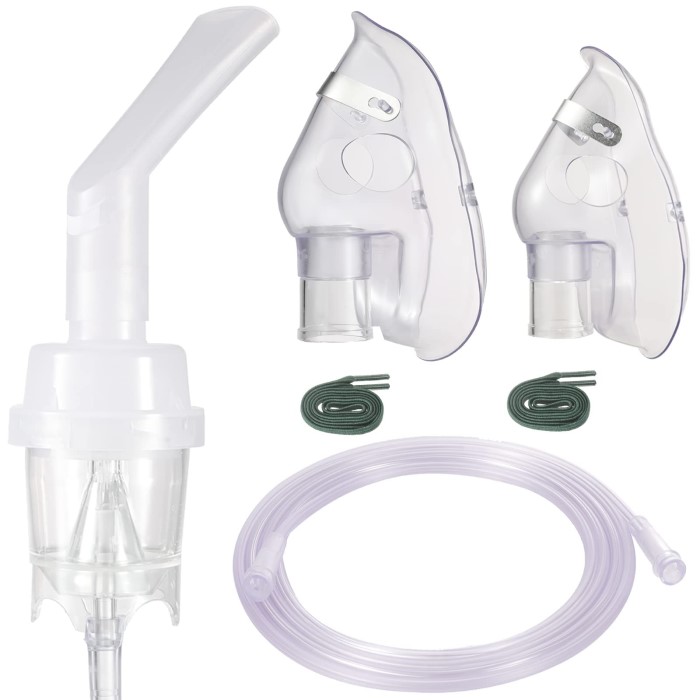Introduction
For individuals with respiratory conditions, using a nebulizer is a common practice. Its purpose is to deliver medication directly to the lungs. Central to this process is the nebulizer mouthpiece, a critical component that ensures effective treatment. As with all medical devices, regular maintenance and replacement are necessary to safeguard health and improve treatment outcomes. In this article, we will explore the signs indicating that you need to replace your nebulizer mouthpiece and provide helpful tips for maintaining its effectiveness. Knowing when to replace your nebulizer mouthpiece can significantly enhance your experience and help you manage your respiratory health effectively.
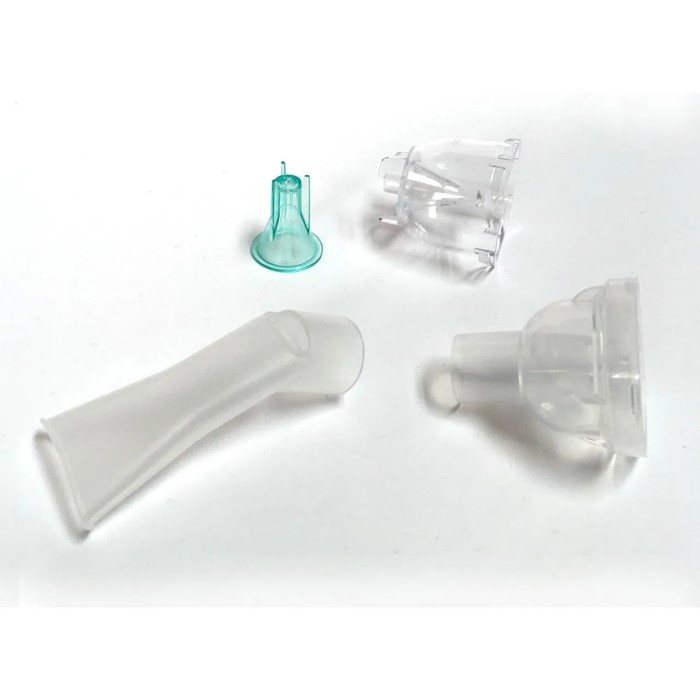
What is a Nebulizer Mouthpiece?
Definition and Functionality
A nebulizer mouthpiece is a small attachment connected to a nebulizer device, which is designed to transform liquid medication into an aerosol mist. Patients inhale this mist into the lungs for the treatment of respiratory conditions such as asthma and chronic obstructive pulmonary disease (COPD).
- Distribution: The mouthpiece allows for the effective distribution of medication. By inhaling through the mouthpiece, patients can quickly receive their prescribed dosage.
- Design: Nebulizer mouthpieces are typically made from medical-grade plastic, ensuring durability and safe use.
Advantages of Using a Mouthpiece
Many patients prefer a nebulizer mouthpiece over a mask for various reasons:
Direct Inhalation
- Targeted Delivery: Mouthpieces are designed to administer medication directly into the lungs, making the delivery system more efficient. This direct route allows the medication to reach its intended site of action more quickly compared to other methods.
- Faster Absorption Rates: Because the medication is inhaled straight into the lungs, users can experience faster absorption rates. This rapid uptake can lead to quicker relief from symptoms, which is particularly beneficial in emergency situations or for acute conditions.
Less Claustrophobic
- Comfort and Acceptance: Many users prefer mouthpieces over masks due to their less intrusive nature. The absence of a mask can make the experience more comfortable, especially for those who struggle with anxiety or feelings of confinement.
- Open Face Design: Mouthpieces do not cover the entire face, allowing users to breathe more freely and feel less restricted. This open design can be particularly appealing for individuals who may feel claustrophobic or have difficulty with full-face masks.
- Easier Communication: With a mouthpiece, users can more easily communicate while using the device, which can enhance comfort and promote a sense of normalcy during treatment, as they do not have their face covered.
Enhanced User Experience
- Personal Preference: Individual preferences vary, and for some users, the choice of using a mouthpiece can lead to a more positive experience overall, fostering better adherence to medication regimens.
- Less Visual Obstruction: The use of a mouthpiece allows for unobstructed vision compared to a mask, which can help users feel more at ease during treatment, particularly in social settings or environments where they may feel self-conscious.
- Portability and Convenience: Mouthpieces are generally smaller and potentially more portable than full masks, making them easier to carry and use on-the-go, thus improving accessibility for users who need to administer medication in various situations.
Signs You Need a New Nebulizer Mouthpiece
Identifying when to replace your nebulizer mouthpiece is essential for maintaining effective treatment. Below are key signs indicating the need for a new mouthpiece.
1. Visible Damage or Wear
One of the most obvious signs that it’s time for replacement is any visible damage:
- Cracks or Breaks: Inspect your mouthpiece regularly. Any cracks or breaks can hinder its function, resulting in medication leaks.
- Discoloration: Often, discoloration may indicate that the material has degraded. If you notice changes in color, it’s time for a new mouthpiece.
2. Difficulty in Medication Delivery
If you find yourself struggling to receive medication adequately, this may indicate a problem:
- Inconsistent Aerosol Mist: A reliable nebulizer will produce a steady mist. If the mist is weak or inconsistent, your mouthpiece might be the culprit.
- Resistance: If inhaling through the mouthpiece becomes unusually difficult, structural issues may prevent proper airflow.
3. Accumulation of Residue
Regular cleaning is essential, but sometimes residue buildup can still occur:
- Unremovable Stains or Residue: If the mouthpiece has stubborn stains despite regular cleaning, it may harbor bacteria. This can be harmful to your respiratory health.
- Unpleasant Odor: If you detect an unpleasant odor, it may indicate the presence of bacteria or mold, necessitating a replacement.
Maintenance Tips
Proper maintenance of the nebulizer mouthpiece can extend its life and ensure effective treatment. Here are some useful tips:
1. Regular Cleaning
Cleaning your nebulizer mouthpiece after each use is essential. Here’s how to do it:
- Rinse with Warm Water: After use, rinse the mouthpiece with warm water to remove any medication residue.
- Use Mild Soaps: Occasionally, use mild soap and warm water for a deeper clean. Rinse thoroughly afterward to eliminate soap residues.
2. Drying and Storage
Proper drying and storing methods can prevent damage:
- Air Dry: Allow the mouthpiece to air dry completely on a clean surface. Avoid using towels that can harbor bacteria.
- Store Safely: Keep the mouthpiece in a clean, dry place when not in use. This can help maintain its integrity.
Do You Need a Prescription for a Nebulizer Mouthpiece?
Many patients may wonder about the need for a prescription when obtaining a nebulizer mouthpiece. In most cases, a prescription is not required to purchase a new mouthpiece. However, when it comes to the nebulizer machine itself and the associated medications, prescriptions are typically necessary. Some important considerations include:
Consultation with Your Doctor
- Expert Guidance: Consulting with a medical professional, such as your doctor or healthcare provider, is essential when considering adjustments to your treatment plan. They can provide tailored advice based on your specific medical history and condition.
- Safety Considerations: A doctor can help identify any potential risks associated with changes in treatment or the use of new equipment, ensuring that you stay safe throughout the process.
- Individualized Treatment Plans: Every patient’s situation is unique, and a healthcare professional can develop a personalized treatment plan that best suits your needs, addressing any underlying health conditions or concerns.
- Monitoring and Follow-Up: Regular consultations with your doctor can also facilitate ongoing monitoring of your health progress, allowing for timely adjustments to your treatment plan as needed.
- Clarification of Equipment Use: A healthcare professional can ensure that you are using the correct equipment and provide instructions on how to use it effectively for maximum benefit.
Choosing Quality Products
- Importance of Quality: While prescriptions for specific equipment may not always be required, opting for high-quality replacement parts or devices is crucial for your health. Quality products are generally more reliable and effective.
- Durability and Performance: Quality products are often designed to last longer and perform better than cheaper alternatives. Which can lead to improved health outcomes and reduced replacement frequency.
- Preventing Complications: Using inferior equipment or low-quality replacement parts can lead to complications or suboptimal treatment results, potentially jeopardizing your health and recovery.
- Enhanced Comfort and Functionality: High-quality products typically offer better comfort and user experience, making them easier to use and more effective in delivering the intended treatment.
- Research and Reviews: It is important to do your research and read reviews when selecting replacement parts or equipment. Look for trusted brands and products that have a solid reputation for quality and efficacy.
- Consultation with Professionals: When in doubt about which products to choose, consult with your doctor or healthcare provider. They can recommend reputable brands or specific items based on your individual needs and treatment regimen.
Frequently Asked Questions (FAQs)
What is a nebulizer mouthpiece used for?
A nebulizer mouthpiece is used to deliver medication directly to the lungs in aerosol form, allowing for effective treatment of respiratory conditions.
Is a mouthpiece better than a nebulizer mask?
Many users find a mouthpiece more comfortable and less claustrophobic. Mouthpieces can also deliver medication more directly to the lungs compared to masks.
Do you need a prescription for a nebulizer mouthpiece?
Typically, you do not need a prescription for a nebulizer mouthpiece. However, consulting your healthcare provider is always advisable when swapping out equipment.
Is it better to inhale nebulizer through nose or mouth?
Inhaling through the mouth is generally recommended, as it allows the medication to reach the lungs more effectively. Some medications may be absorbed better via this method.
Conclusion
In summary, monitoring the condition of your nebulizer mouthpiece is crucial for maintaining effective respiratory treatment. Recognizing signs that indicate the need for replacement will help ensure that you receive the proper medication delivery.
Regular maintenance can prolong the life of your mouthpiece, but you will eventually need to replace it as it shows wear and tear. By properly caring for your nebulizer mouthpiece, you can enhance your treatment effectiveness and improve your respiratory health. Always consult your healthcare provider when in doubt about your nebulizer equipment or treatment regimen. Being proactive in your health management pays off, leading to a better quality of life and improved well-being.
